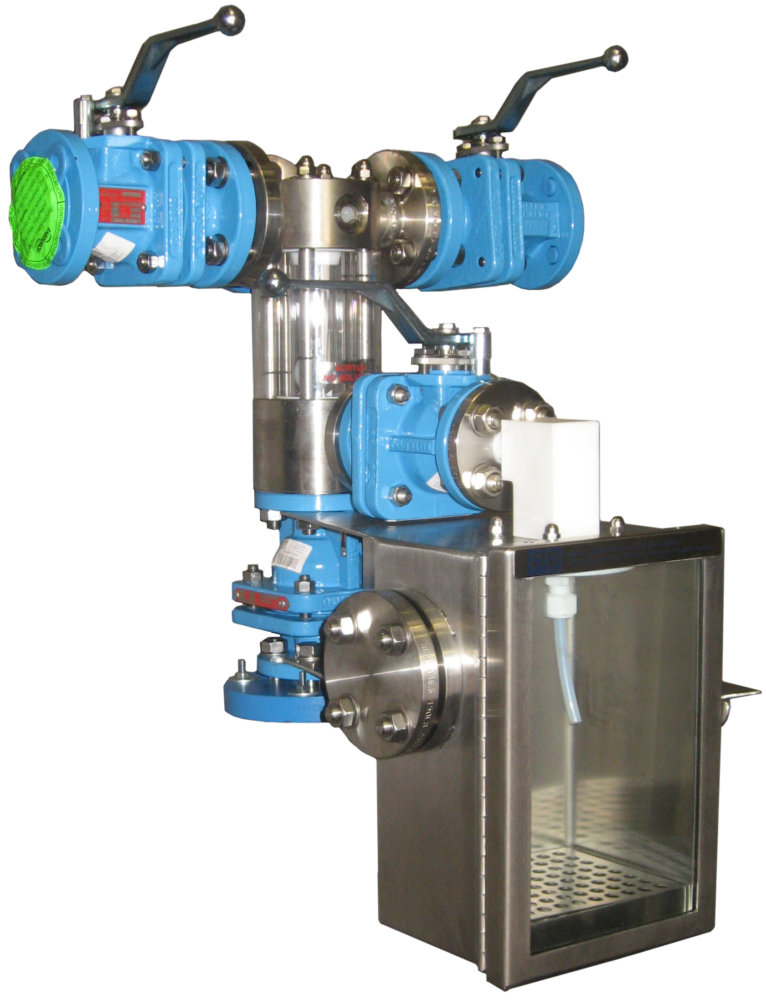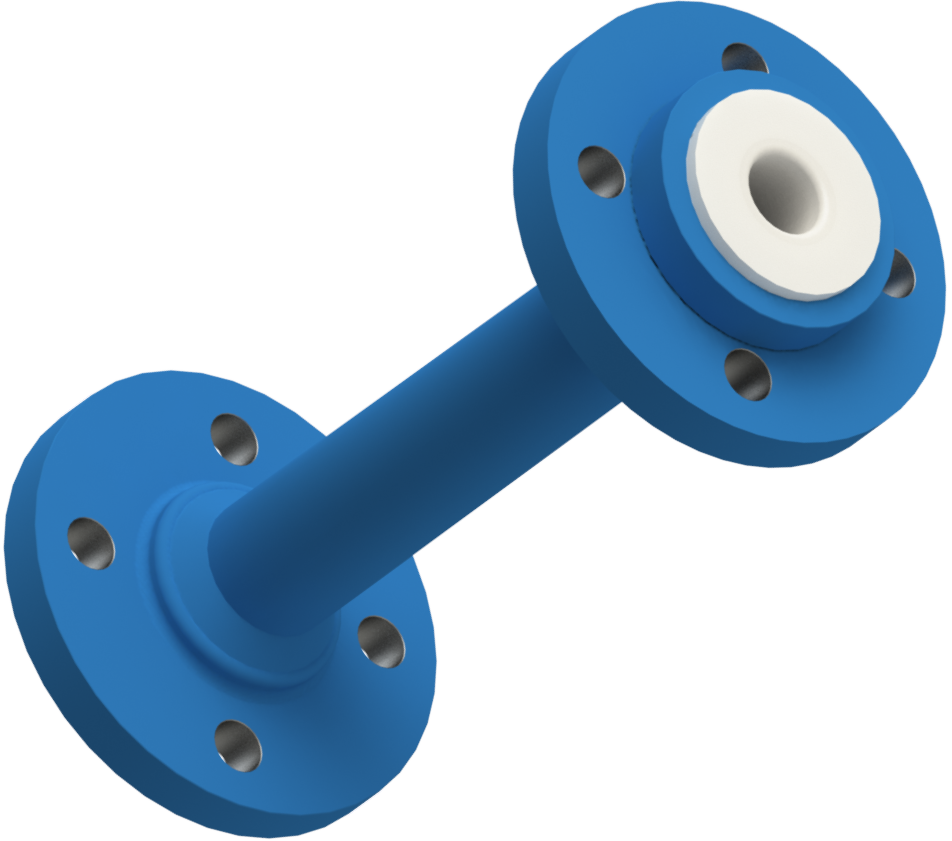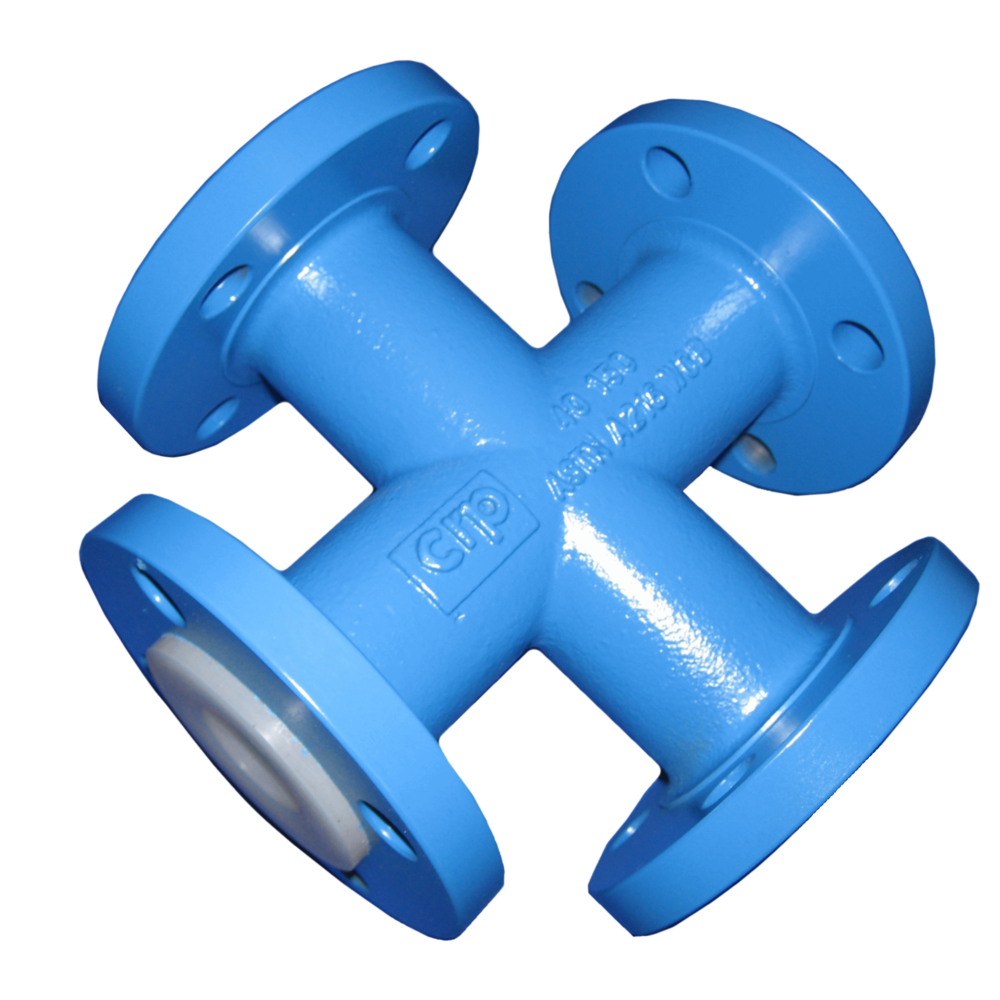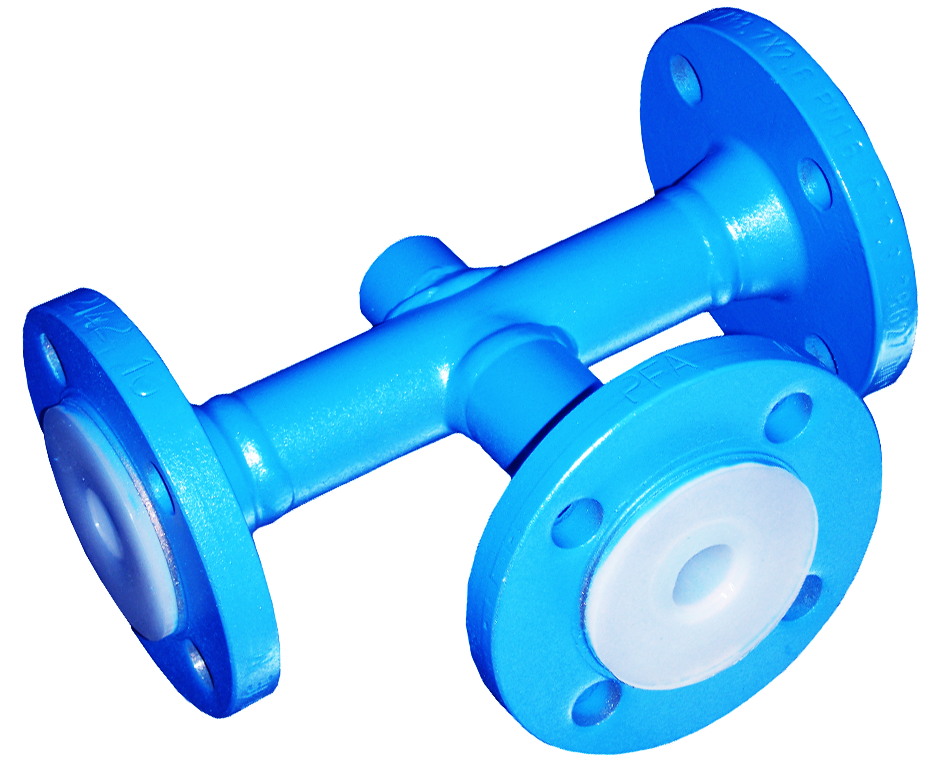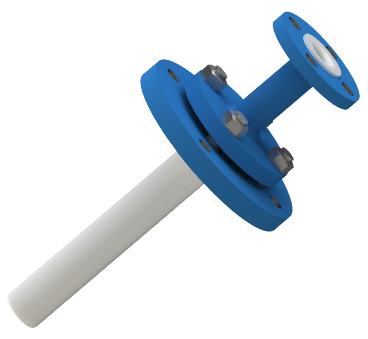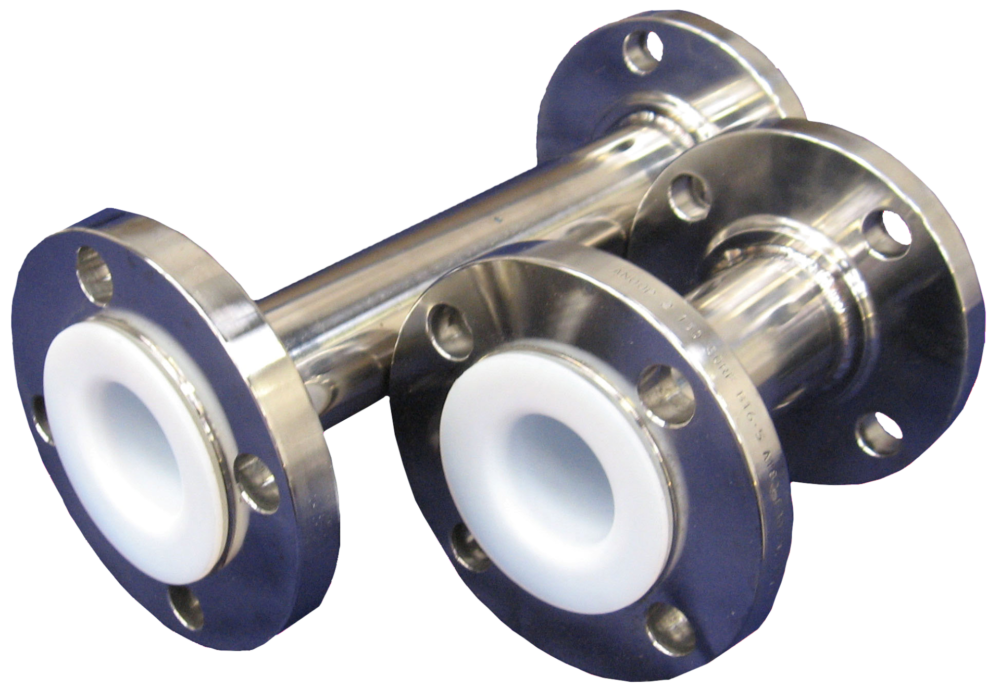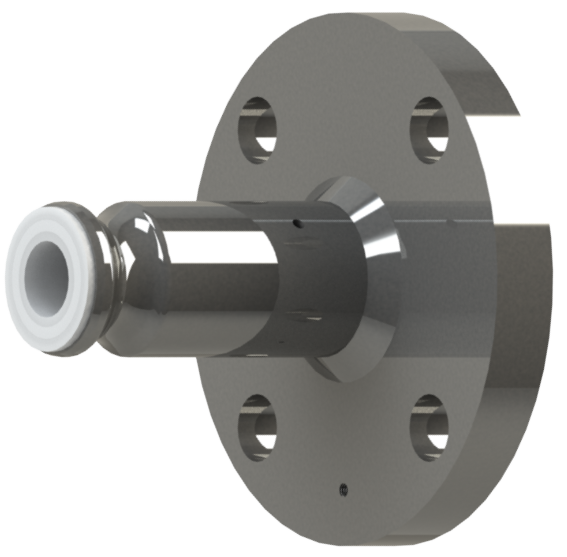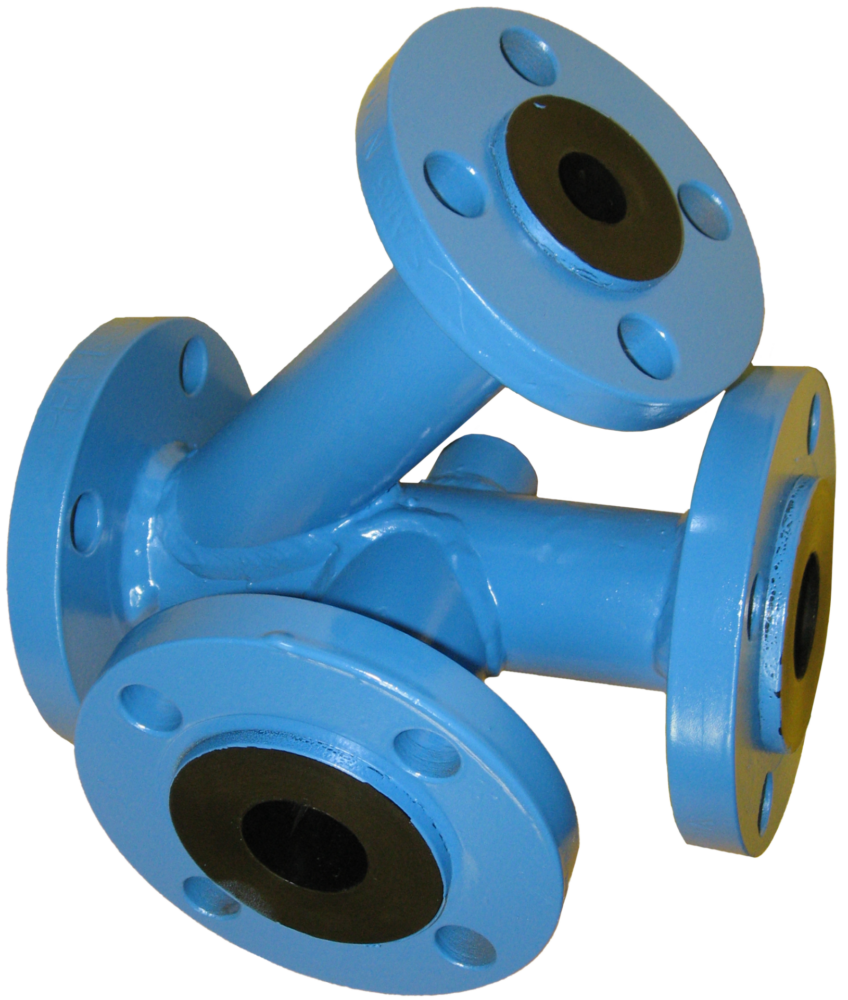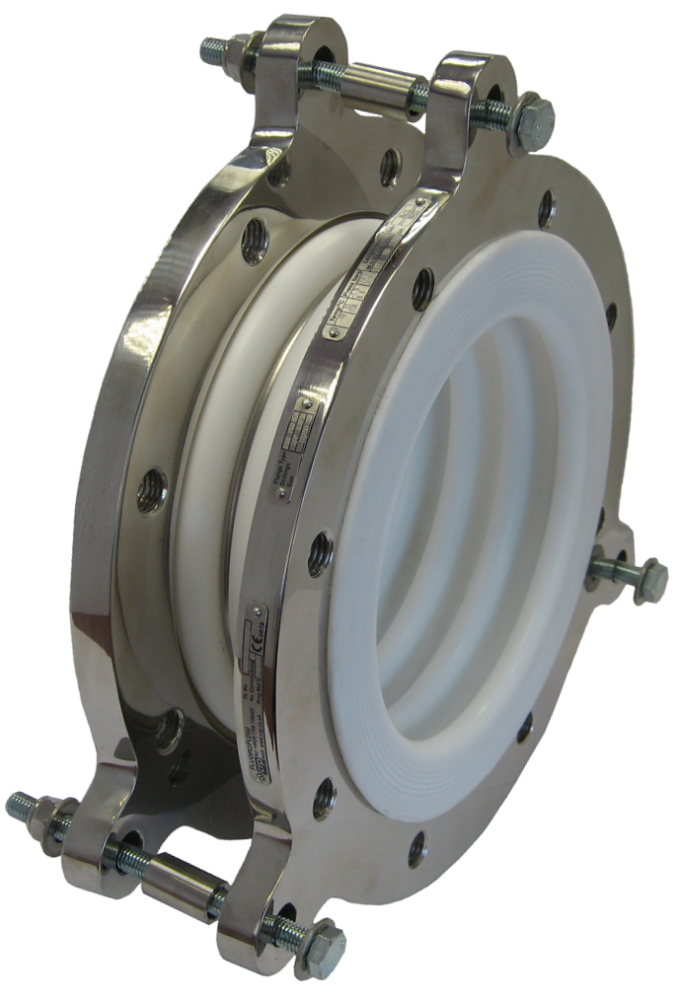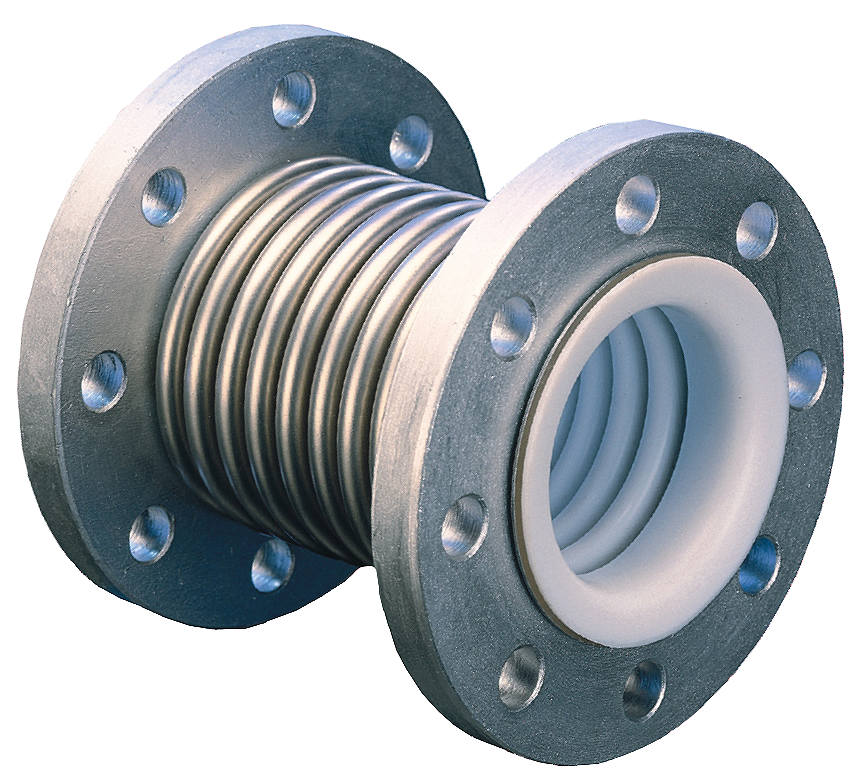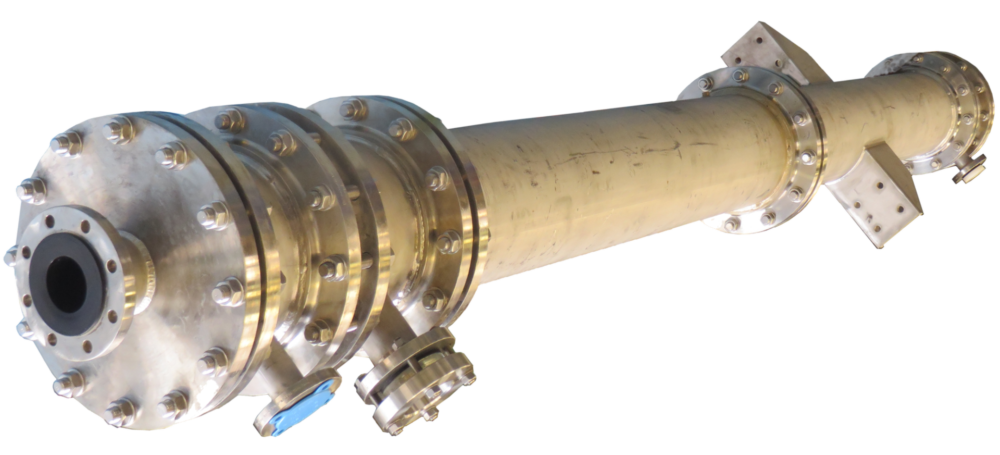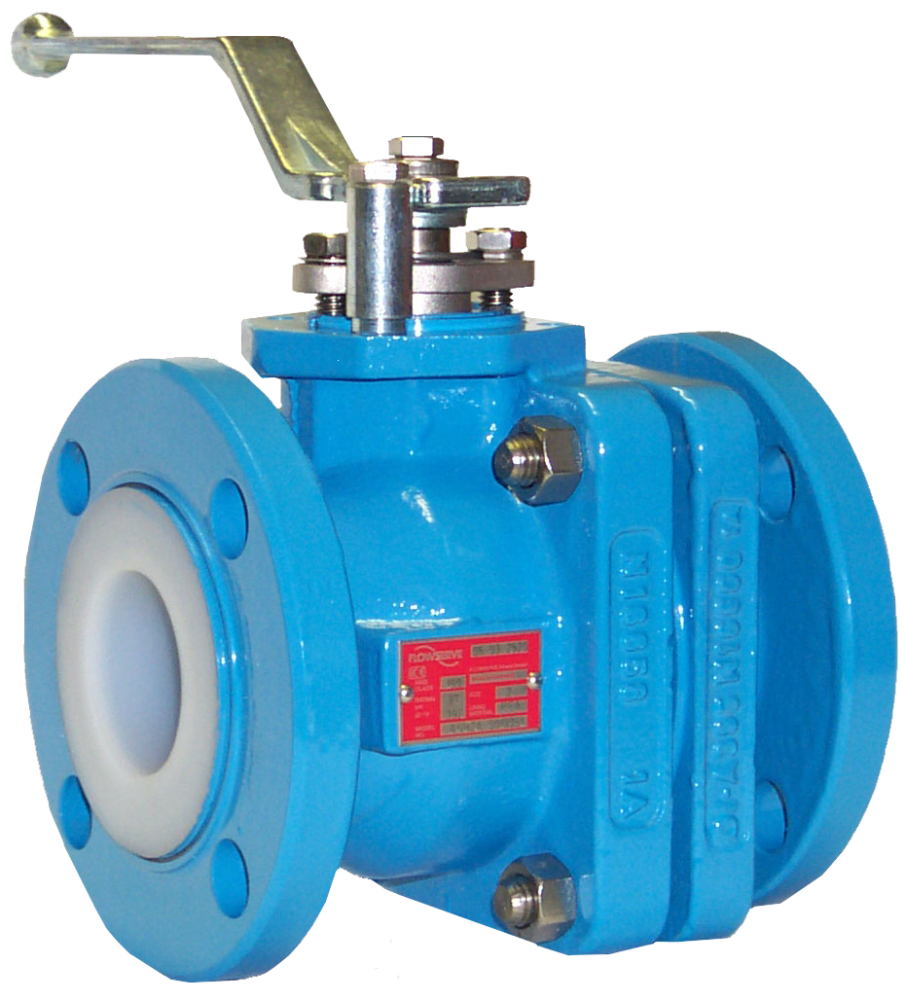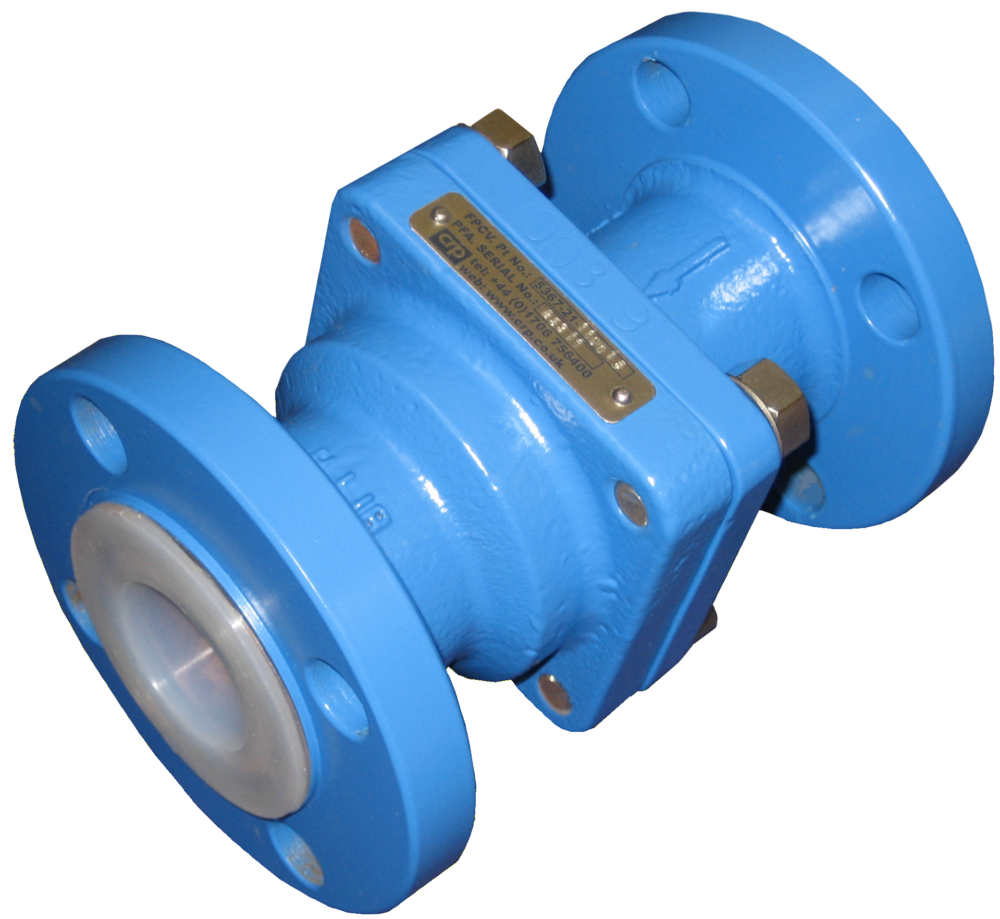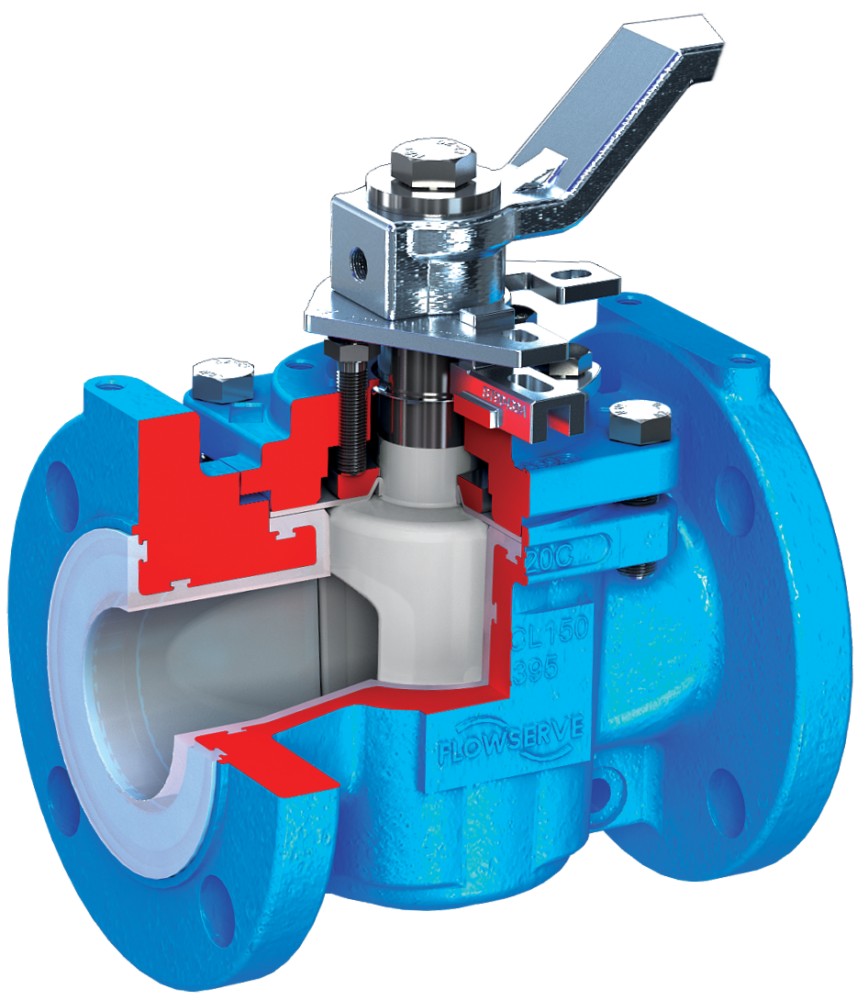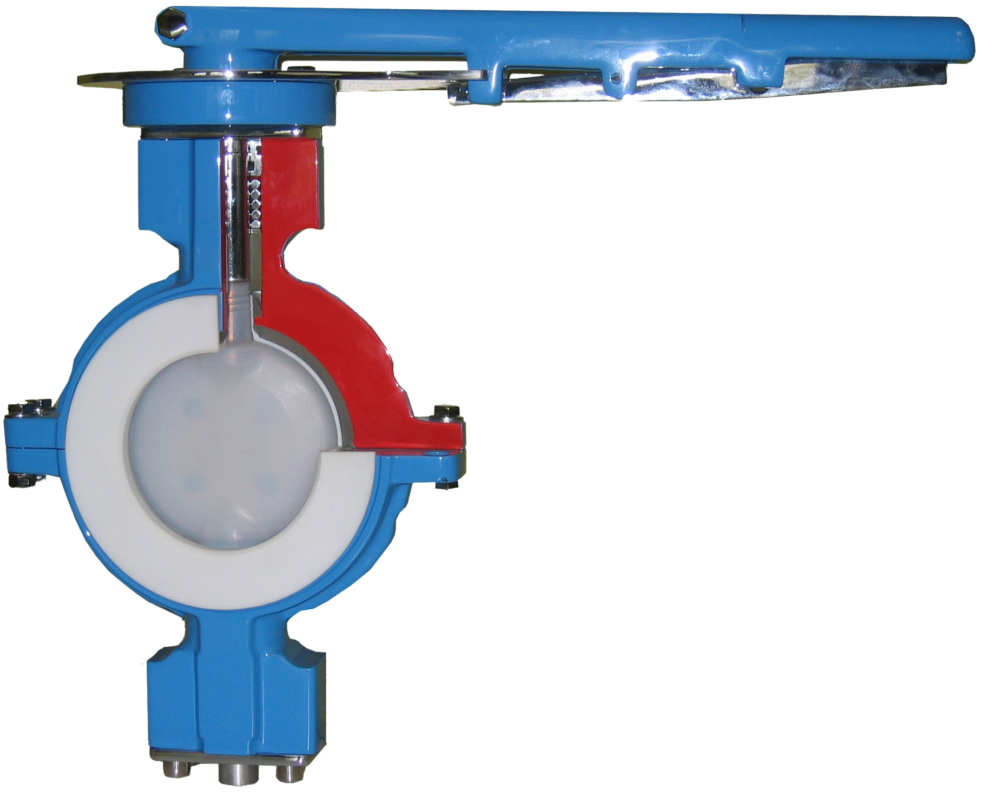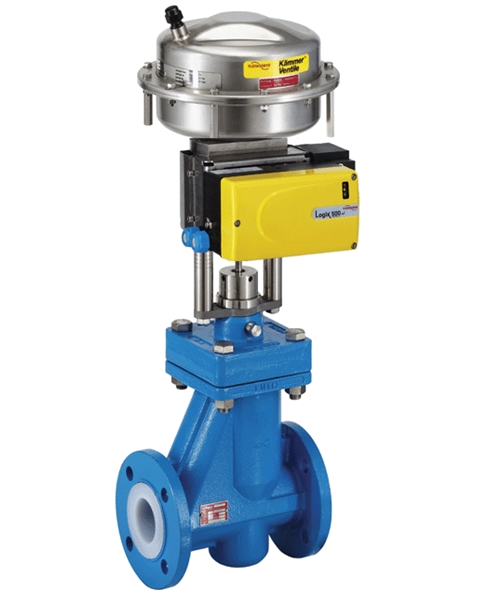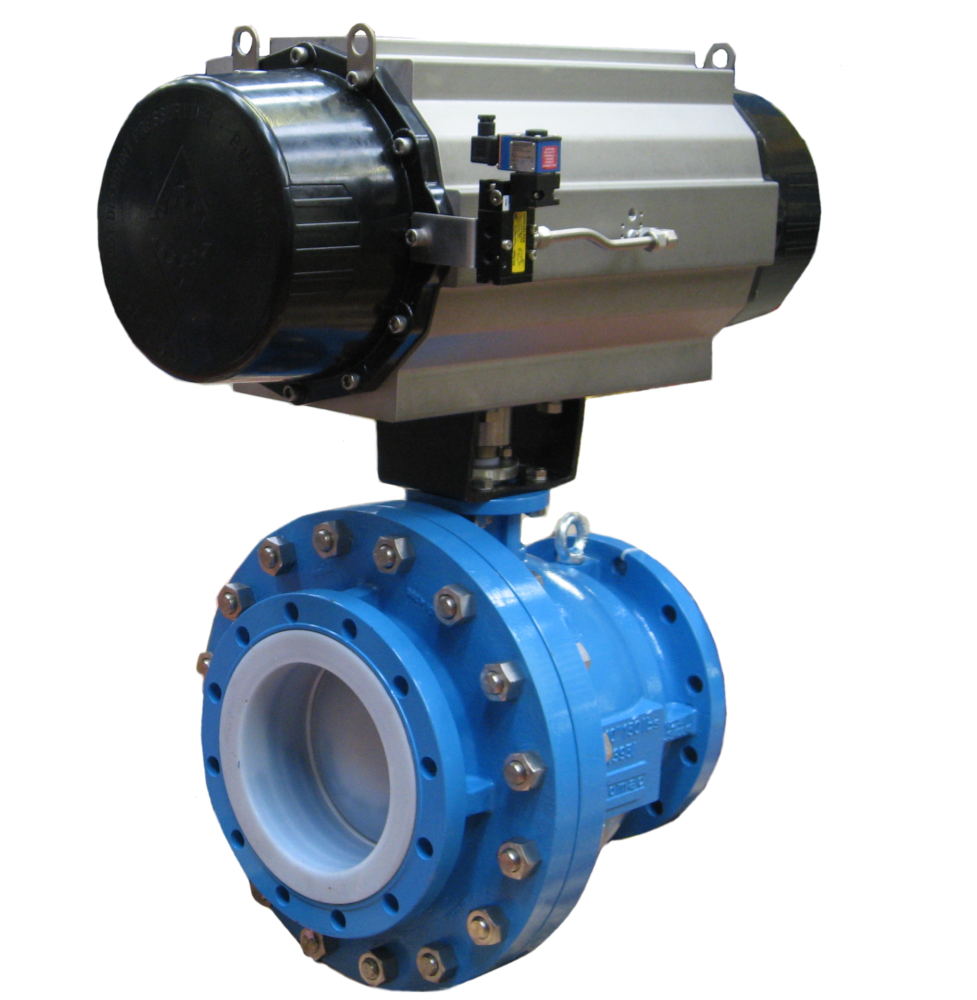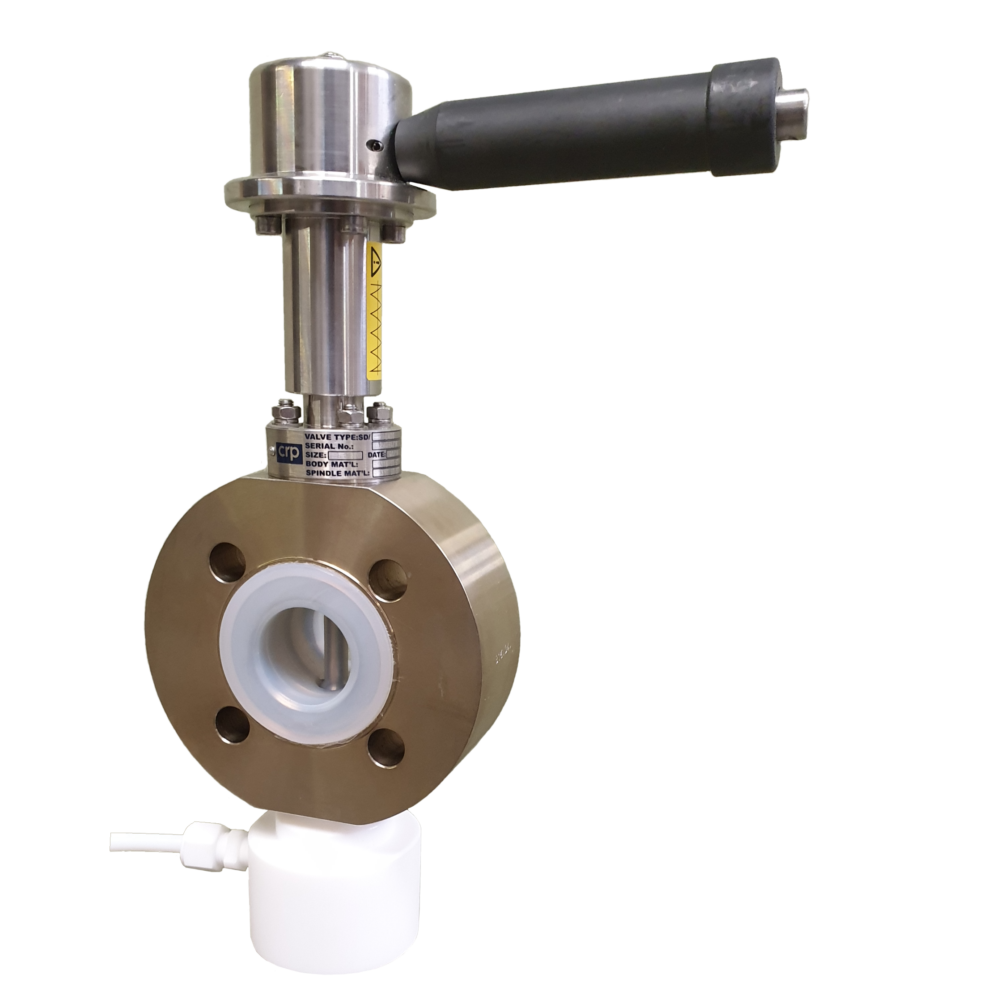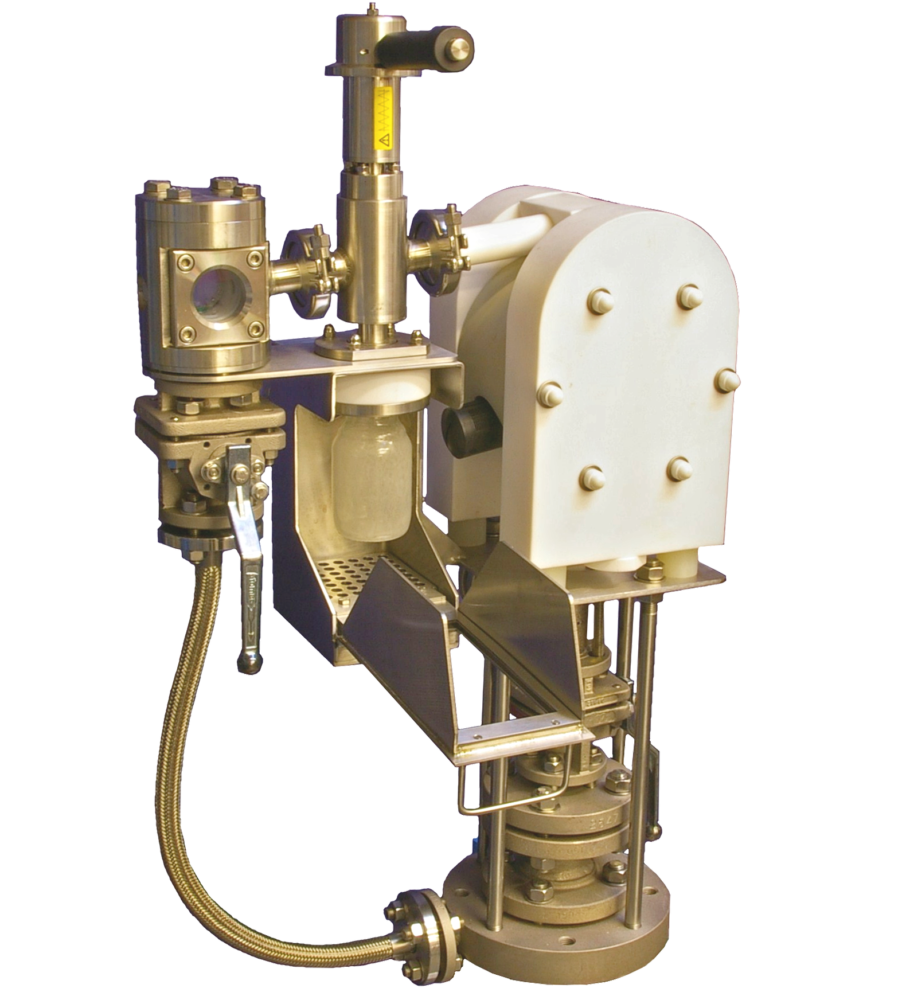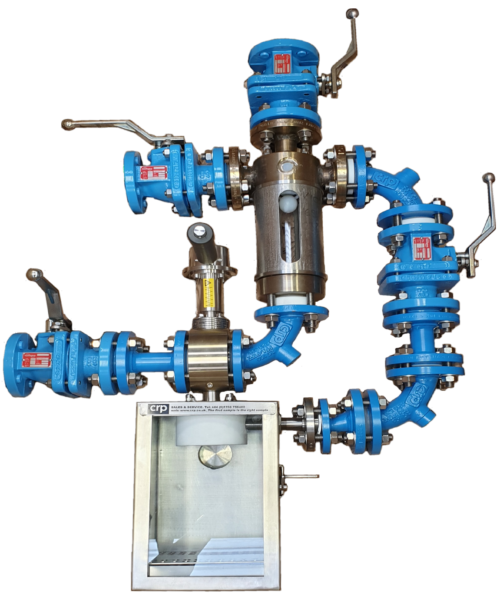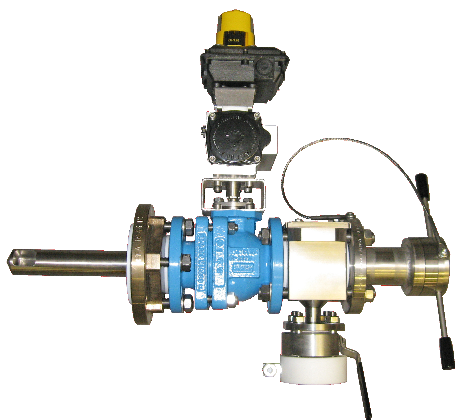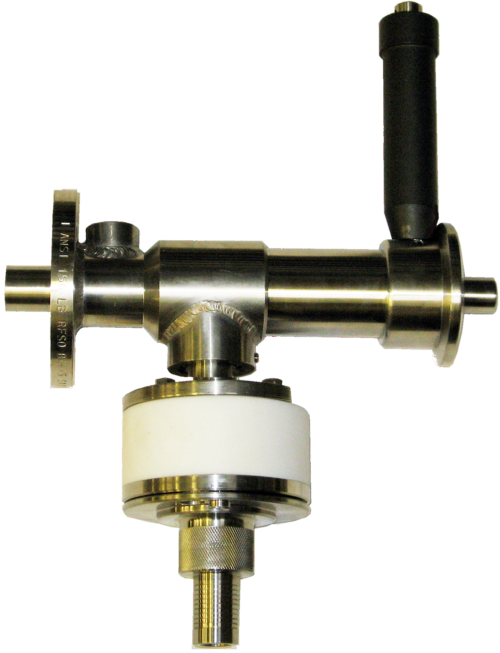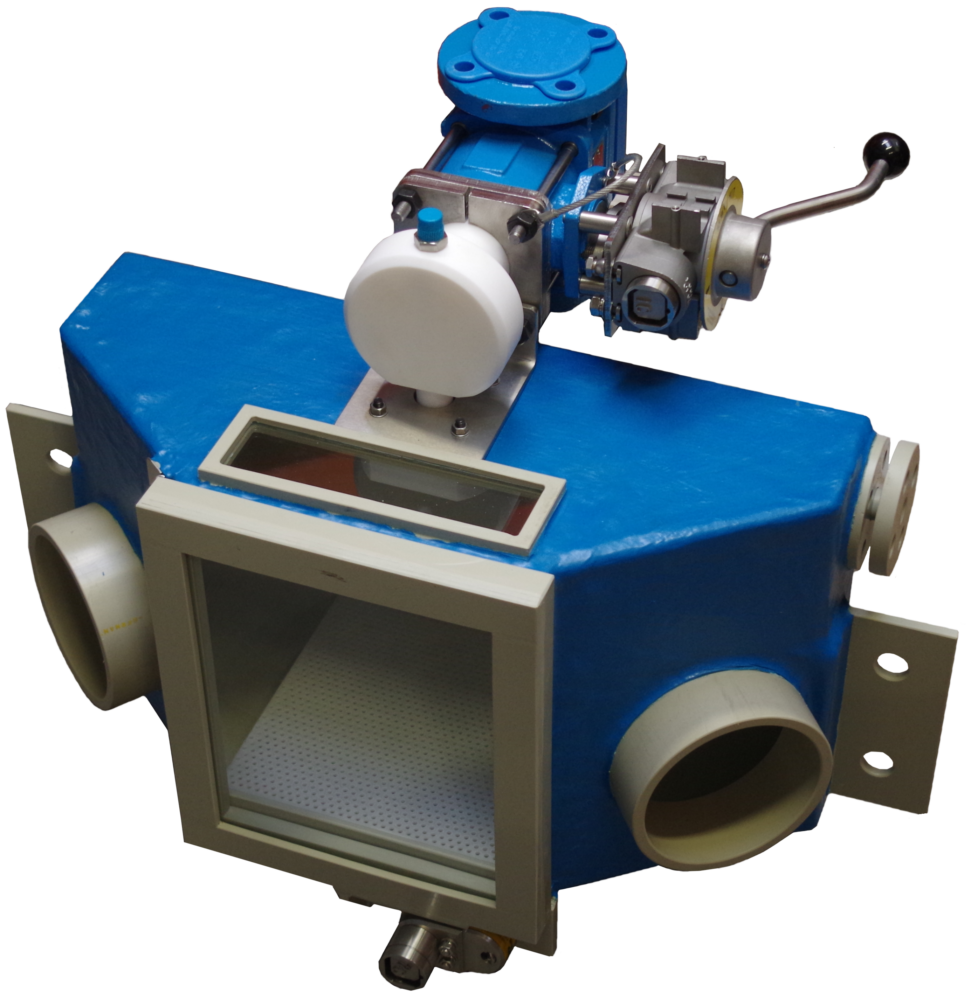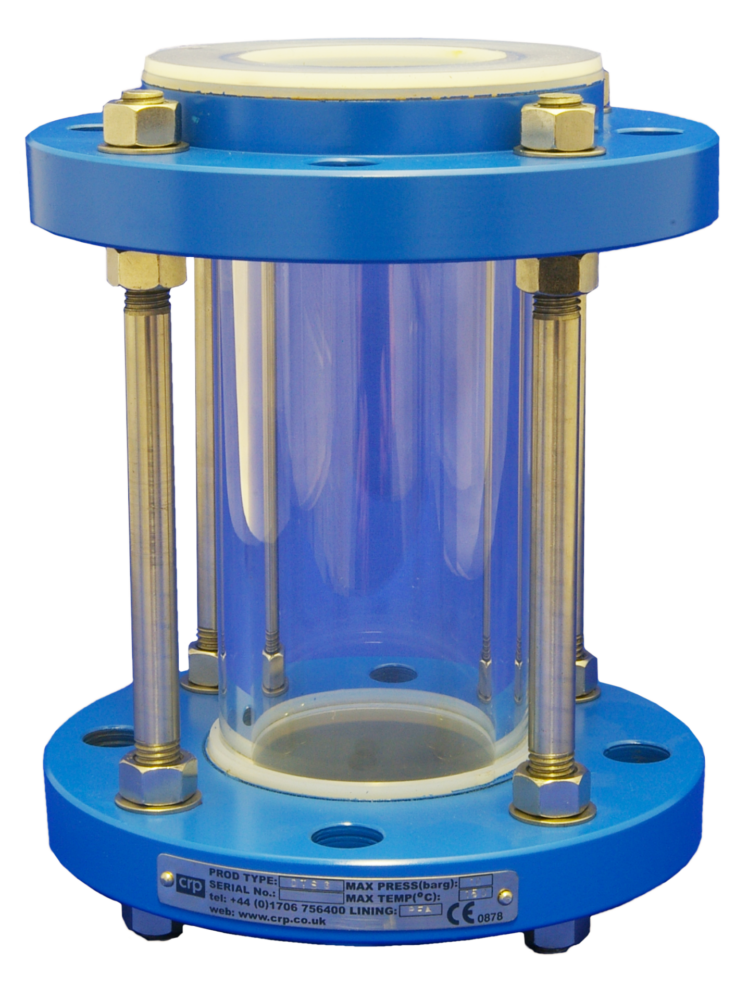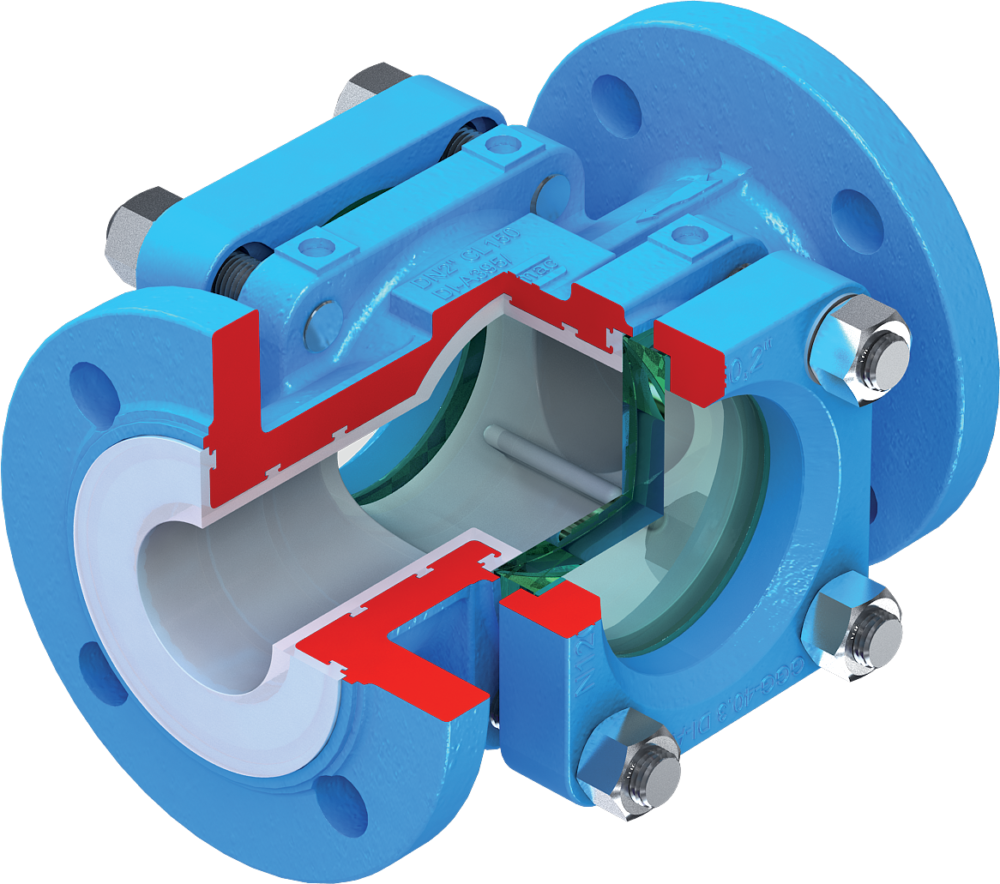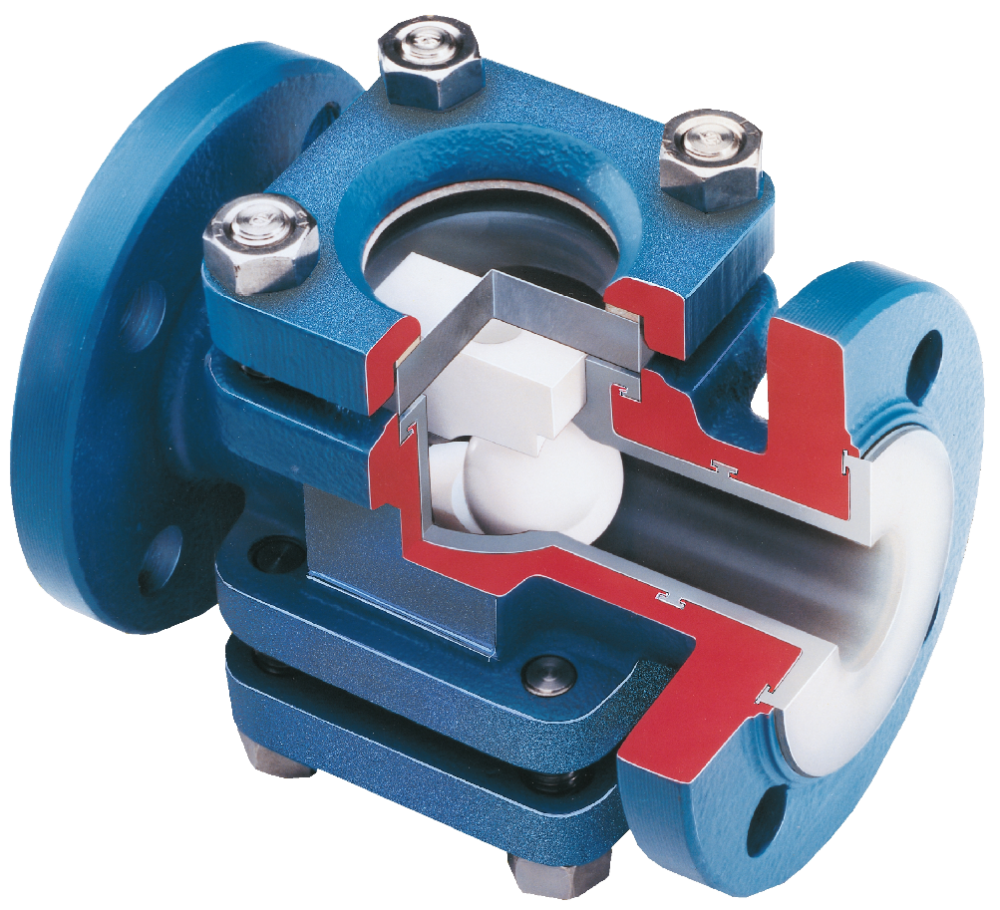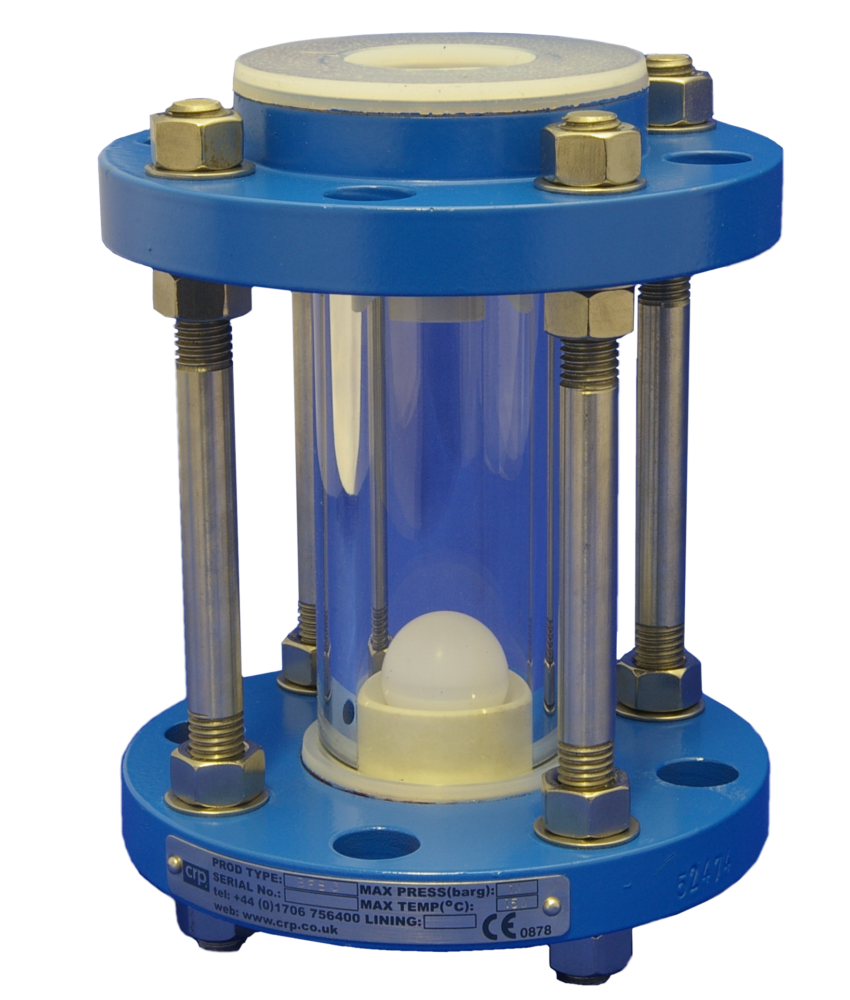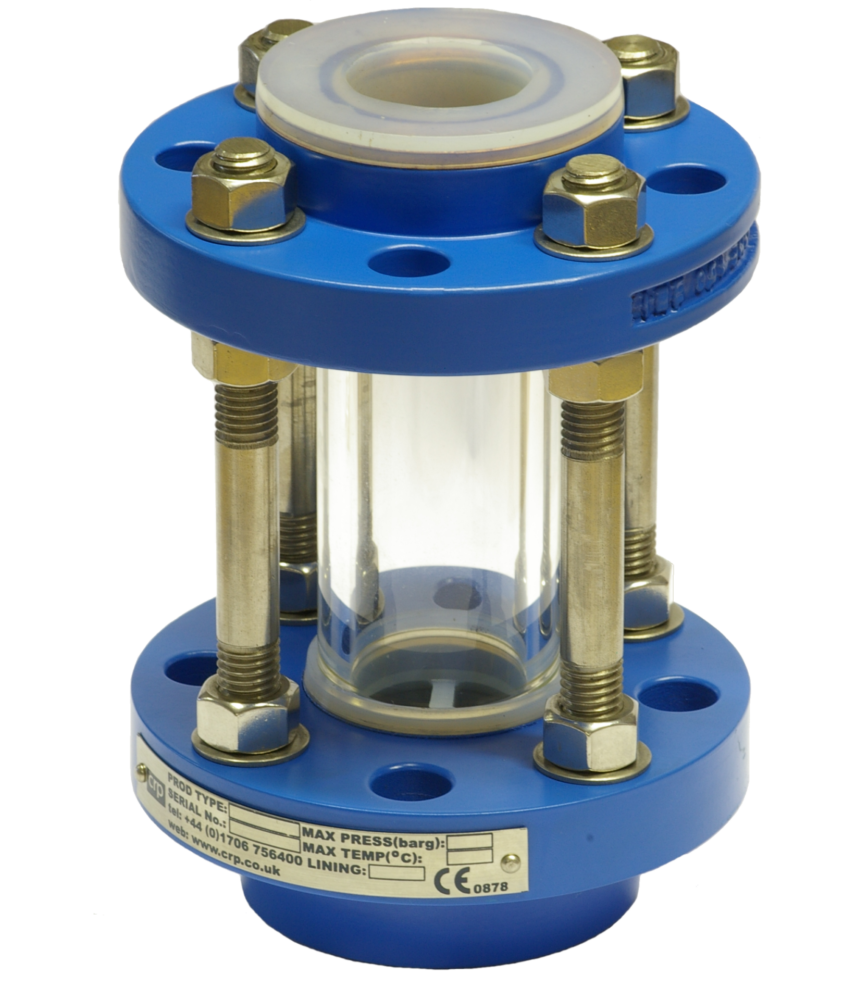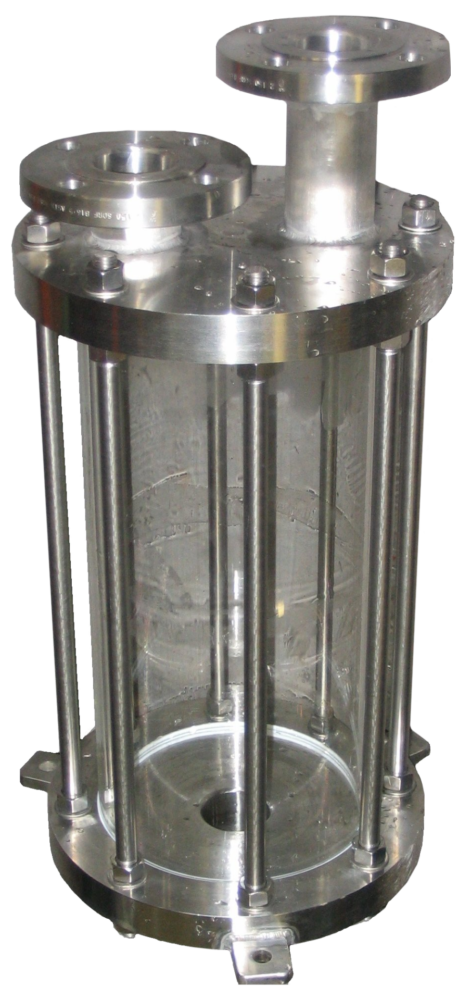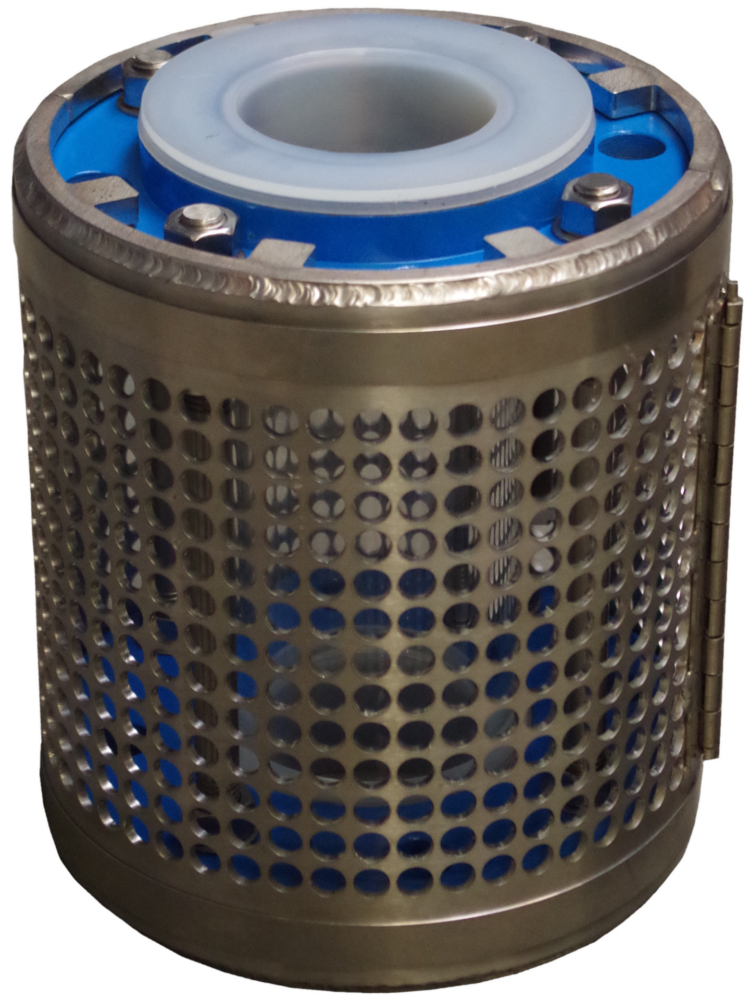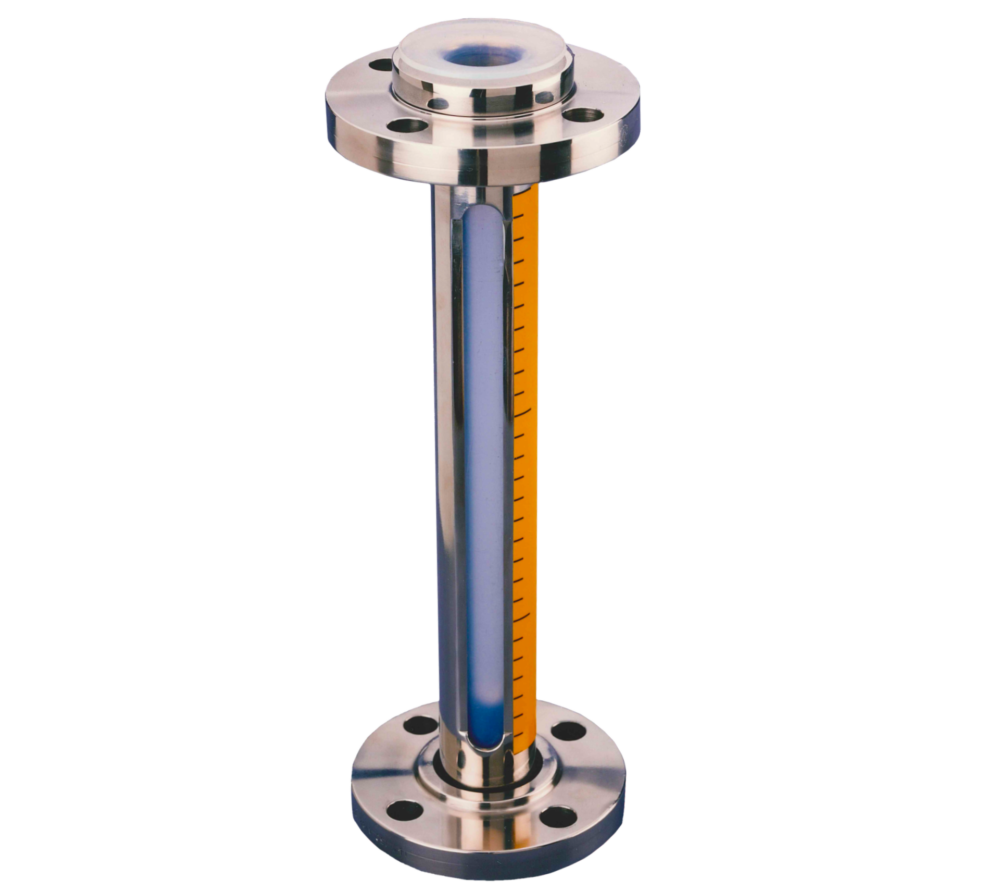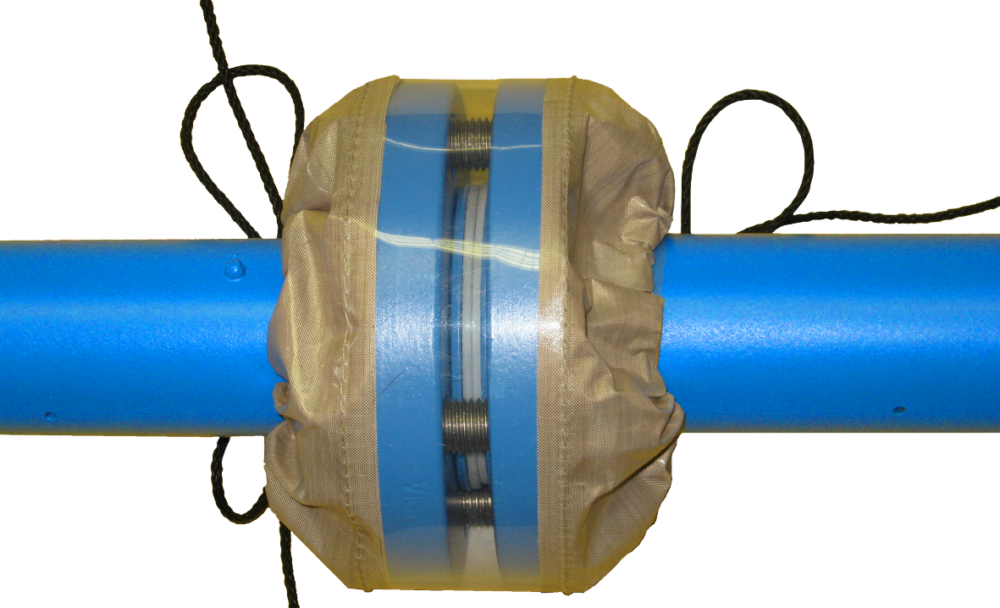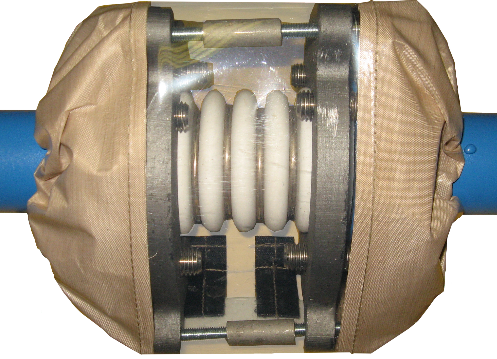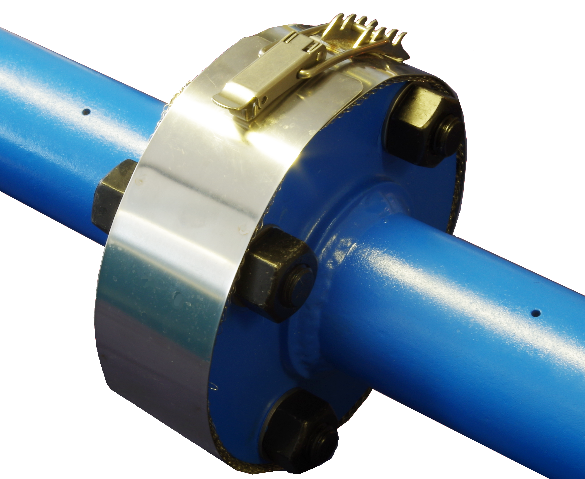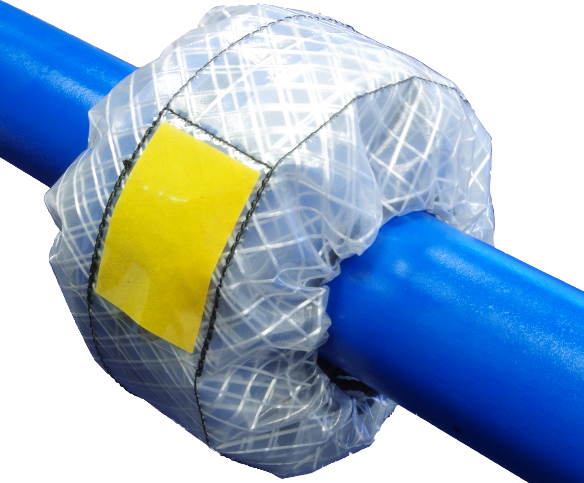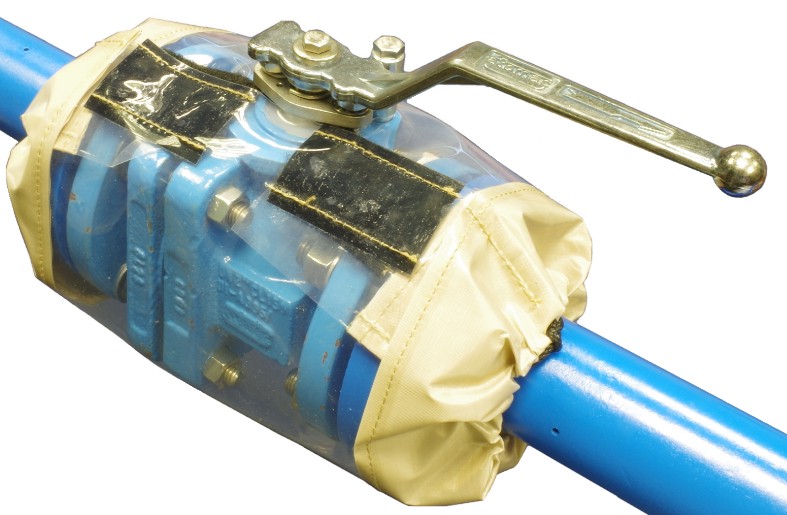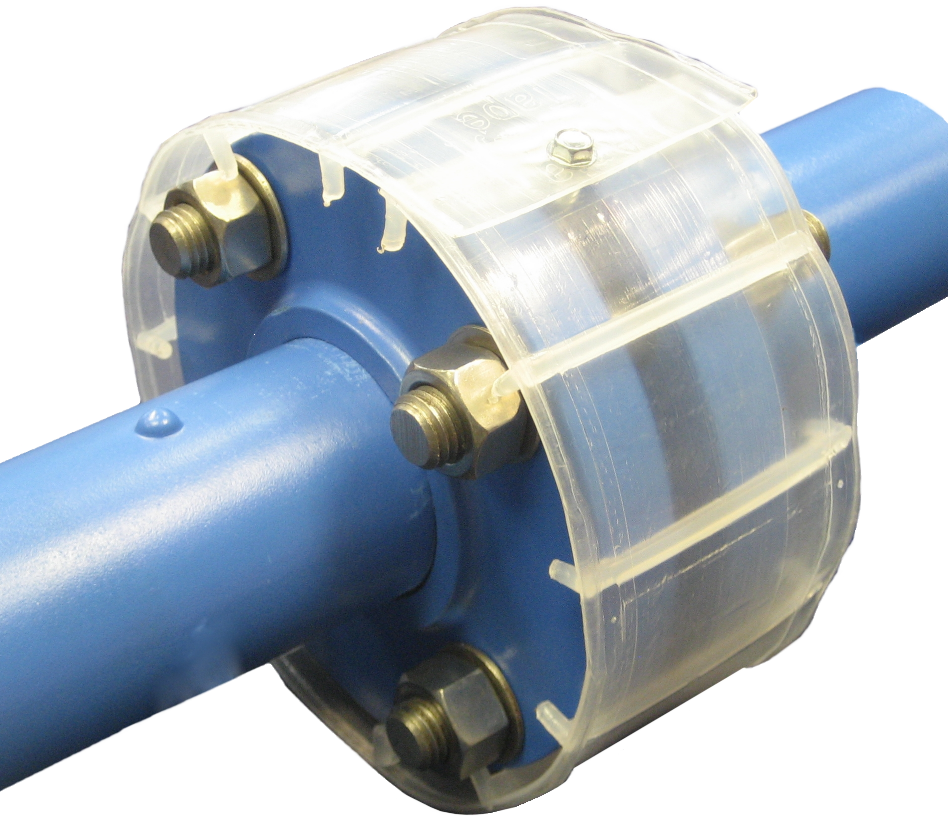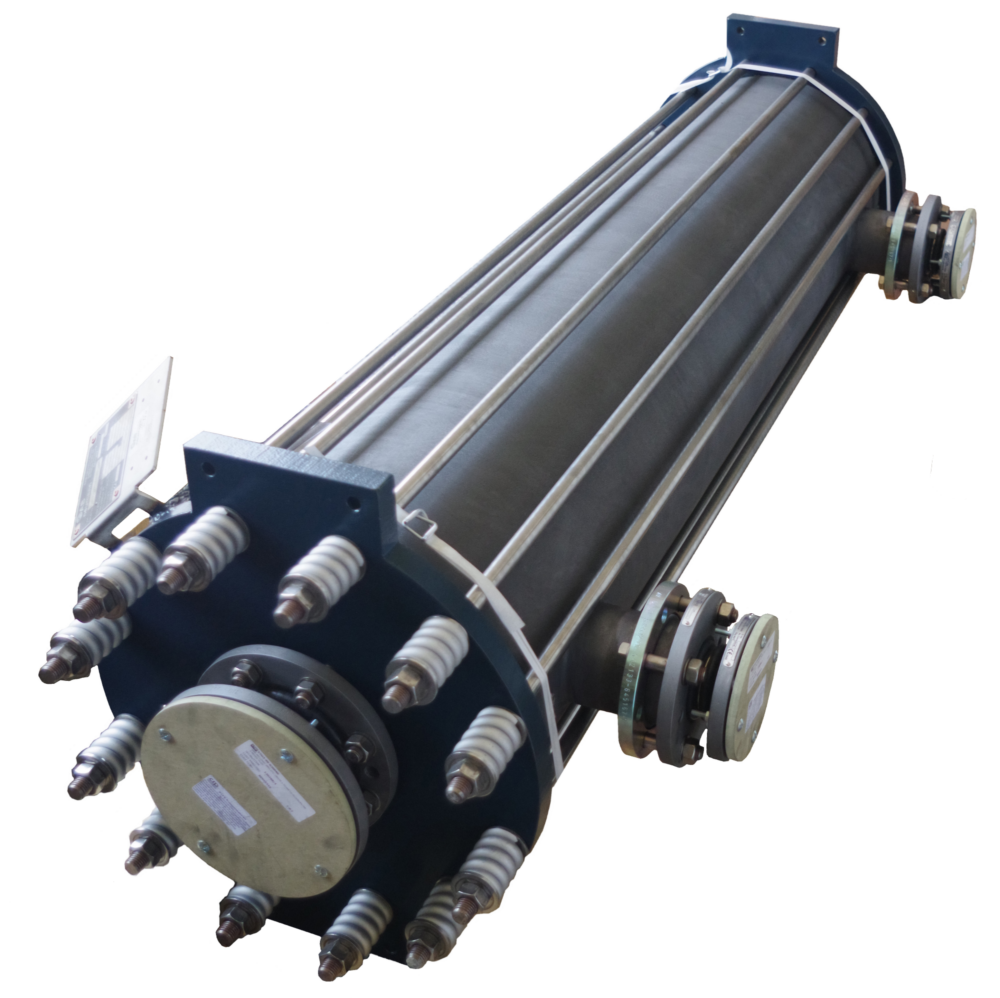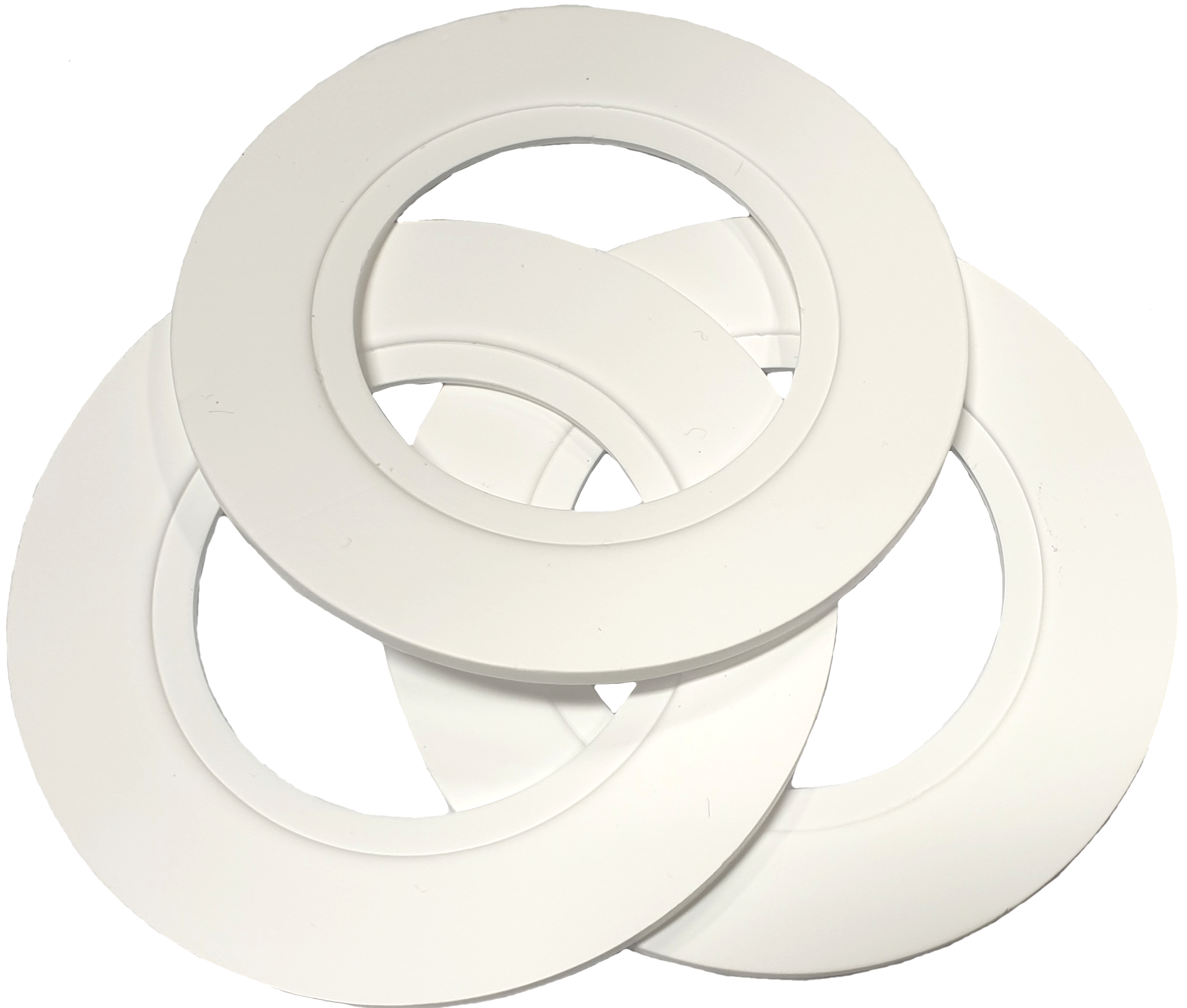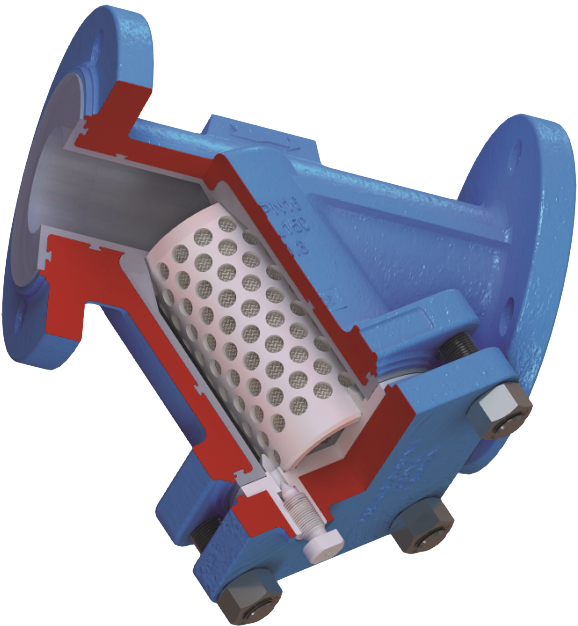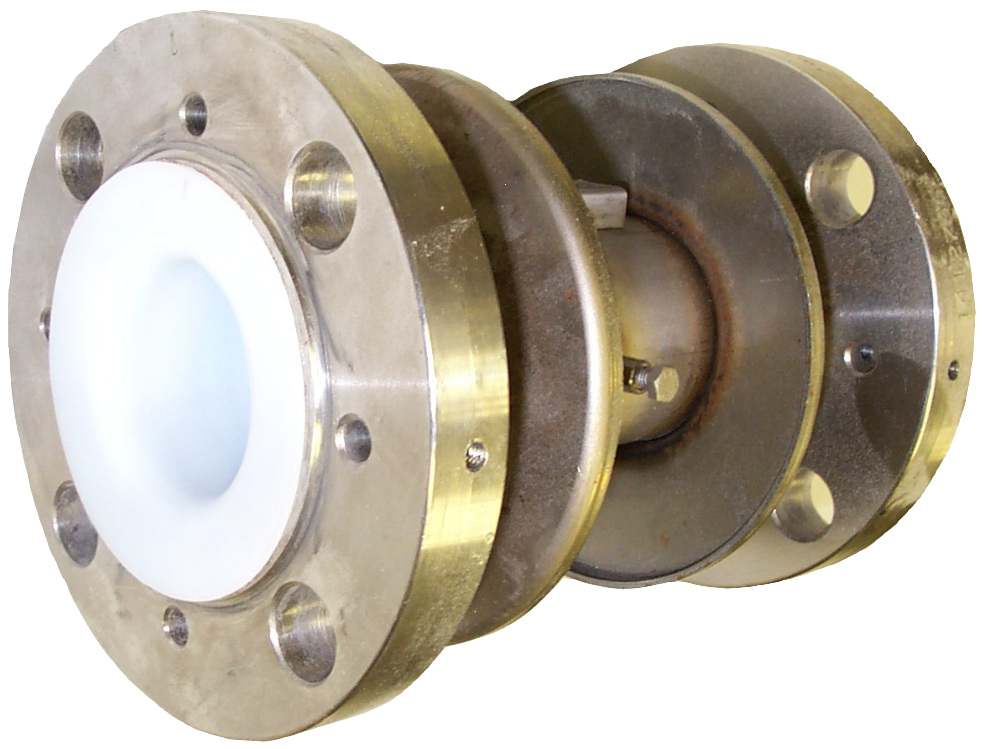Typical Operation of a Non-recirculating Sampler
Typical operation of a non-recirculating sampling system
1. First Purge
To start, introduce nitrogen into the sampling system and open the vessel isolation valve. The nitrogen will flow through the sight glass chamber and down the bore of the dip pipe, blowing clear any residue from the system and the dip pipe is ready to take a fresh representative sample.
2. Extract Sample
The sample media is drawn up the dip pipe into the sight glass chamber by introducing the site vacuum to the system. A hollow PTFE ball floats on the sample media, providing a clear level indication and acting as a non return valve to prevent sample product travelling down the vacuum line. When sufficient volume is held within the sight glass, the vessel isolation will close to trap the sample in the sight glass chamber.
3. Introduce some compressed purge gas.
A brief operation of the purge valve will add some slight pressure to the sight glass section which will aid in dispensing the sample from the sight glass into the bottle.
4. Dispense Sample
The sample is to be dispensed from the sight glass chamber into the sample bottle. This is done by opening the sample dispensing valve, and letting the sample flow from the sight glass section into the sample bottle.
5. Final Purge
The vessel isolation valve is opened and using nitrogen and/or wash liquor, the system and dip pipe are purged and cleaned clear.
Detailed operating instructions are supplied with all CRP sampling systems.
Note: if the vessel is under pressure, then instead of using vacuum to draw the sample from a vessel we can vent the sight glass so that the sample flows freely into the sight glass. We can also use an eductor to create vacuum in the sight glass chamber using compressed gas.
